Jeffrey S. Rosenschein
Unsupervised Symbolic Music Segmentation using Ensemble Temporal Prediction Errors
Jul 02, 2022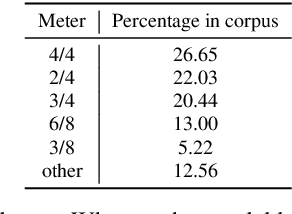
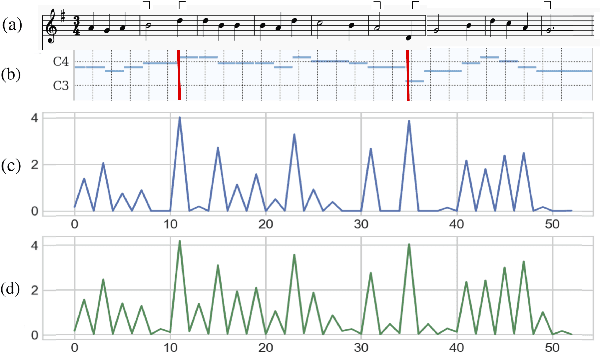
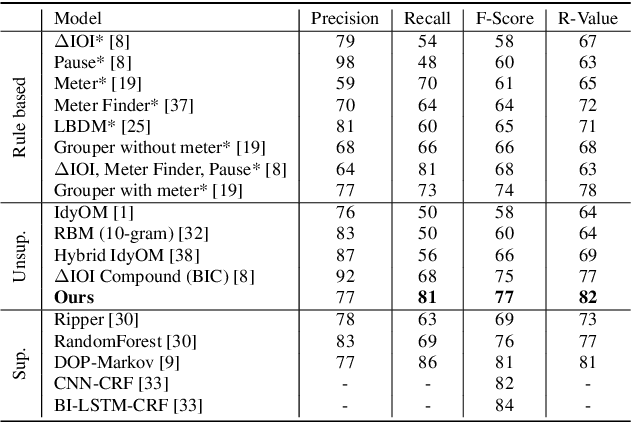
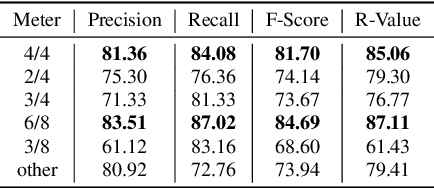
Abstract:Symbolic music segmentation is the process of dividing symbolic melodies into smaller meaningful groups, such as melodic phrases. We proposed an unsupervised method for segmenting symbolic music. The proposed model is based on an ensemble of temporal prediction error models. During training, each model predicts the next token to identify musical phrase changes. While at test time, we perform a peak detection algorithm to select segment candidates. Finally, we aggregate the predictions of each of the models participating in the ensemble to predict the final segmentation. Results suggest the proposed method reaches state-of-the-art performance on the Essen Folksong dataset under the unsupervised setting when considering F-Score and R-value. We additionally provide an ablation study to better assess the contribution of each of the model components to the final results. As expected, the proposed method is inferior to the supervised setting, which leaves room for improvement in future research considering closing the gap between unsupervised and supervised methods.
Strategyproof Peer Selection using Randomization, Partitioning, and Apportionment
Sep 29, 2017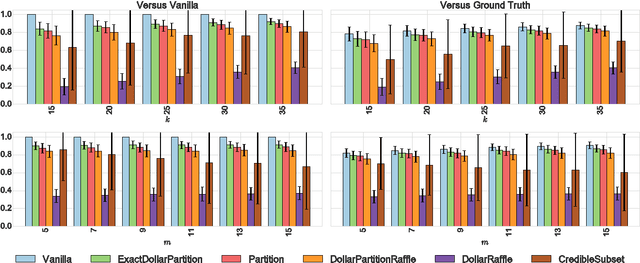
Abstract:Peer review, evaluation, and selection is a fundamental aspect of modern science. Funding bodies the world over employ experts to review and select the best proposals of those submitted for funding. The problem of peer selection, however, is much more general: a professional society may want to give a subset of its members awards based on the opinions of all members; an instructor for a MOOC or online course may want to crowdsource grading; or a marketing company may select ideas from group brainstorming sessions based on peer evaluation. We make three fundamental contributions to the study of procedures or mechanisms for peer selection, a specific type of group decision-making problem, studied in computer science, economics, and political science. First, we propose a novel mechanism that is strategyproof, i.e., agents cannot benefit by reporting insincere valuations. Second, we demonstrate the effectiveness of our mechanism by a comprehensive simulation-based comparison with a suite of mechanisms found in the literature. Finally, our mechanism employs a randomized rounding technique that is of independent interest, as it solves the apportionment problem that arises in various settings where discrete resources such as parliamentary representation slots need to be divided proportionally.
The Cost of Stability in Coalitional Games
Jul 24, 2009Abstract:A key question in cooperative game theory is that of coalitional stability, usually captured by the notion of the \emph{core}--the set of outcomes such that no subgroup of players has an incentive to deviate. However, some coalitional games have empty cores, and any outcome in such a game is unstable. In this paper, we investigate the possibility of stabilizing a coalitional game by using external payments. We consider a scenario where an external party, which is interested in having the players work together, offers a supplemental payment to the grand coalition (or, more generally, a particular coalition structure). This payment is conditional on players not deviating from their coalition(s). The sum of this payment plus the actual gains of the coalition(s) may then be divided among the agents so as to promote stability. We define the \emph{cost of stability (CoS)} as the minimal external payment that stabilizes the game. We provide general bounds on the cost of stability in several classes of games, and explore its algorithmic properties. To develop a better intuition for the concepts we introduce, we provide a detailed algorithmic study of the cost of stability in weighted voting games, a simple but expressive class of games which can model decision-making in political bodies, and cooperation in multiagent settings. Finally, we extend our model and results to games with coalition structures.
* 20 pages; will be presented at SAGT'09
Time and the Prisoner's Dilemma
Jan 22, 2007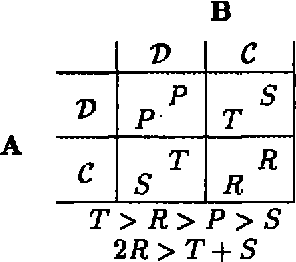
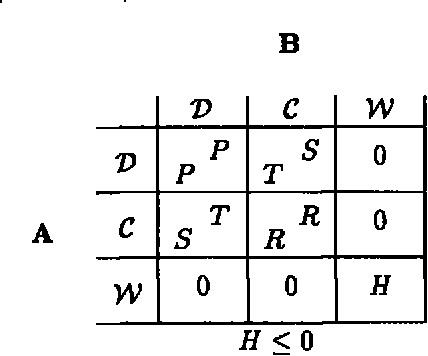
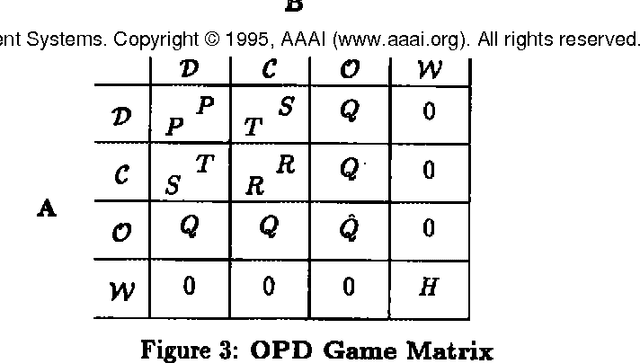
Abstract:This paper examines the integration of computational complexity into game theoretic models. The example focused on is the Prisoner's Dilemma, repeated for a finite length of time. We show that a minimal bound on the players' computational ability is sufficient to enable cooperative behavior. In addition, a variant of the repeated Prisoner's Dilemma game is suggested, in which players have the choice of opting out. This modification enriches the game and suggests dominance of cooperative strategies. Competitive analysis is suggested as a tool for investigating sub-optimal (but computationally tractable) strategies and game theoretic models in general. Using competitive analysis, it is shown that for bounded players, a sub-optimal strategy might be the optimal choice, given resource limitations.
NetNeg: A Connectionist-Agent Integrated System for Representing Musical Knowledge
Mar 17, 2002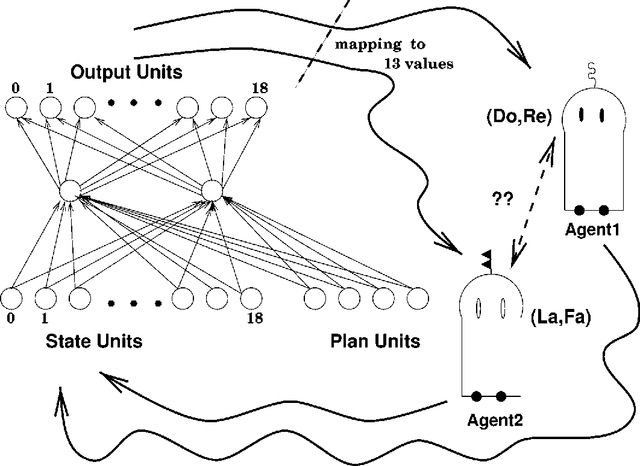
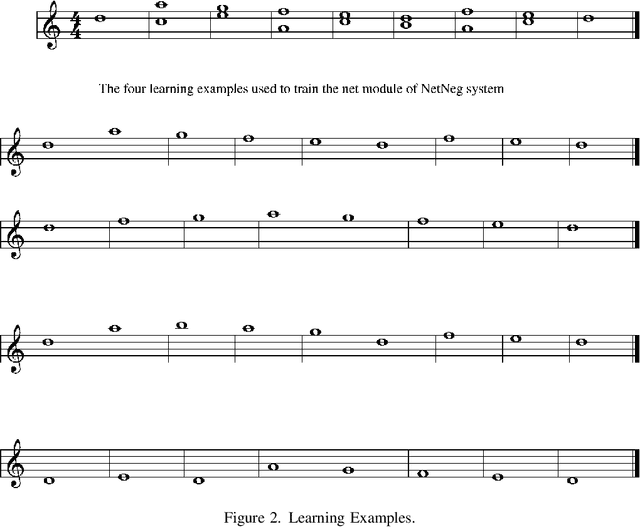
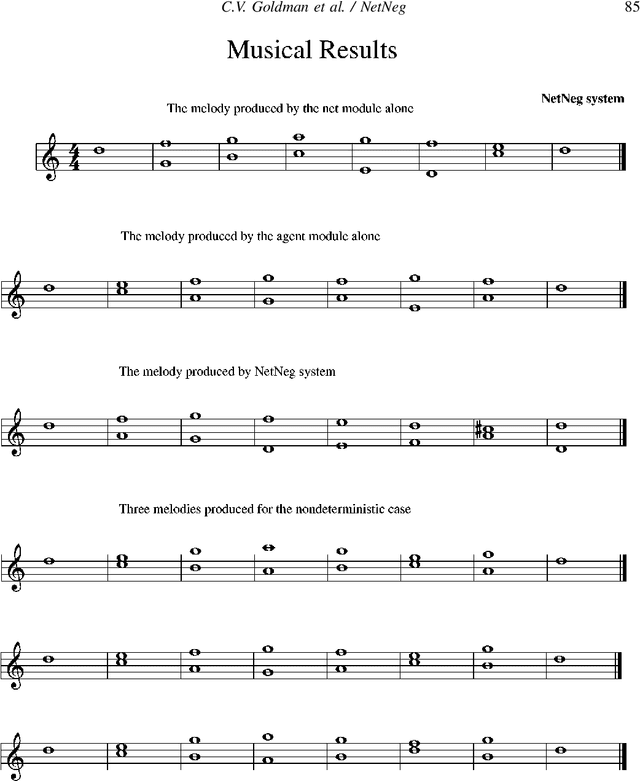
Abstract:The system presented here shows the feasibility of modeling the knowledge involved in a complex musical activity by integrating sub-symbolic and symbolic processes. This research focuses on the question of whether there is any advantage in integrating a neural network together with a distributed artificial intelligence approach within the music domain. The primary purpose of our work is to design a model that describes the different aspects a user might be interested in considering when involved in a musical activity. The approach we suggest in this work enables the musician to encode his knowledge, intuitions, and aesthetic taste into different modules. The system captures these aspects by computing and applying three distinct functions: rules, fuzzy concepts, and learning. As a case study, we began experimenting with first species two-part counterpoint melodies. We have developed a hybrid system composed of a connectionist module and an agent-based module to combine the sub-symbolic and symbolic levels to achieve this task. The technique presented here to represent musical knowledge constitutes a new approach for composing polyphonic music.
* 21 pages, 3 figures, Preliminary versions presented at International Computer Music Conference, pp. 133-140, Hong Kong (China), August 1996 and AAAI Spring Symposium, 1999
 Add to Chrome
Add to Chrome Add to Firefox
Add to Firefox Add to Edge
Add to Edge